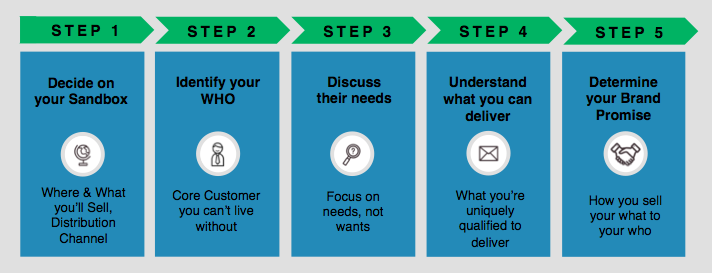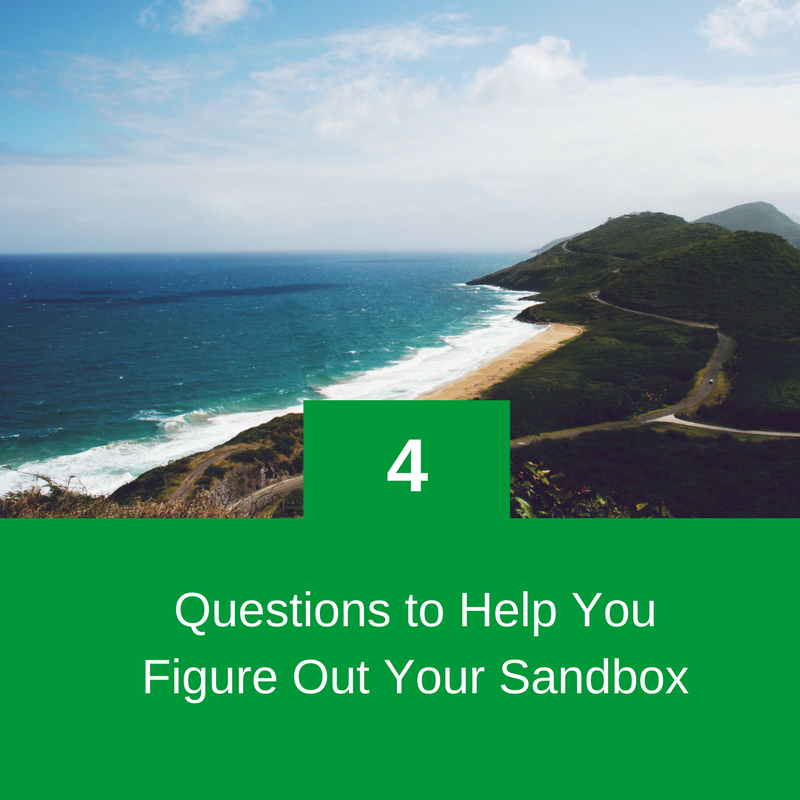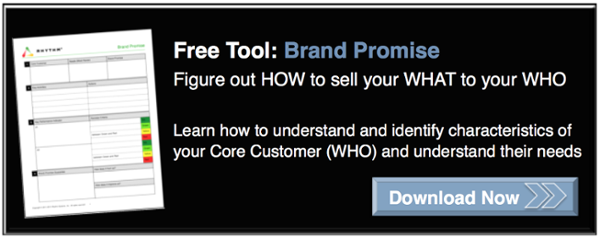Determining your Sandbox is the first step in the five step process to develop your Brand Promise and a very important one that will have a huge impact on how successful and profitable your company will be.

I believe in the concept of growing with purpose, and in order to do so, it is necessary to make some decisions that will focus your energy and resources in the right place to maximize the outcome you want to achieve. It is one thing to be opportunistic, but another to develop a clear focused strategy for success. I’ll take the latter approach any day over reacting to whatever opportunity comes up.
Let’s take a look at four questions to help you figure out your sandbox.
1. What will you sell? This sounds like a pretty simple question, but prospects and customers are going to push the boundaries of what you may be thinking. Is it contract labor, or a finished product? Will you offer on-site support, set up and service? Companies like Quicken design their product to be self-supportive in hopes the customer never has to call for support, drastically reducing their profit margins. In a market that has plenty of competitors, Rhythm Systems stands out by selling both software and consulting services. These are important decisions in determining your business model.
2. Who will you sell? Think in general terms for your Sandbox. Is there a particular market segment you are interested in? Are you going to sell business to business or business to
3. Where will you sell? Think about the geography of the market you want to serve. Are you going to market and sell regionally, nationally, internationally? Can you follow the sale up with effective customer service and support? We have said no to certain markets for our products and services based on time zone challenges and language barriers. Are there obstacles like this you need to consider?
4. How will you sell? How are you going to get your products and services into the market? Will you control the complete sales cycle with inside and outside sales people? Will you use manufacturer representatives or distributors? These decisions have an impact on how effectively your product is presented to the market and what margins you can expect. If you are using a manufacturer’s representative, you need to make sure your product is important enough to get pulled out of the bag. If you are working through distributors, you can expect to share some of your profit
So, there you have it, it all boils down to Where, What, How and Who? Answer these four questions carefully and you will be one step ahead of your competition and on your way to identifying your core customer and developing a compelling brand promise to help you close deals.
Good luck and please share your thoughts, Alan
Photo Credit: iStock by Getty Images



 LinkedIn
LinkedIn
 Facebook
Facebook

